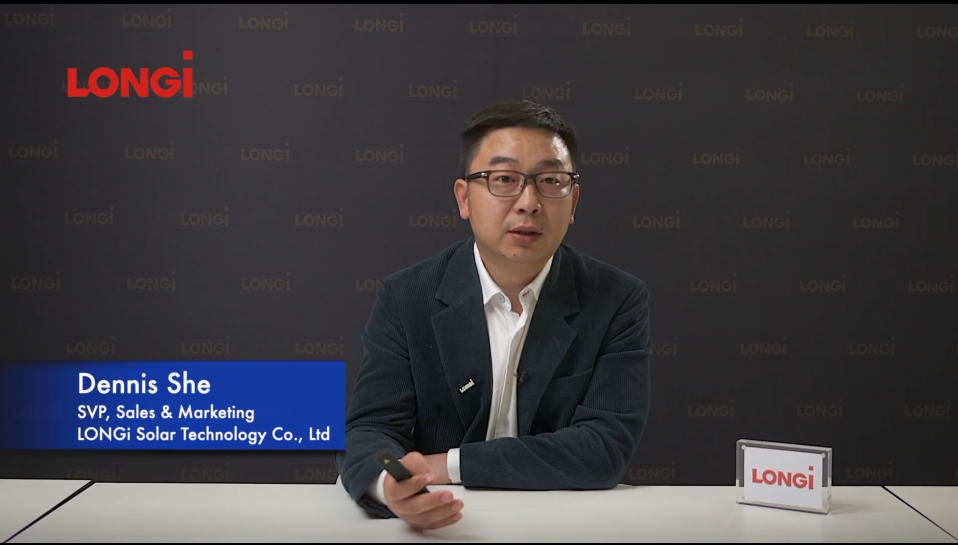The 30th International Photovoltaic Science and Engineering Conference (PVSEC-30) & Global Photovoltaic Conference 2020 (GPVC 2020) were held on November 8 as a joint hybrid event, based out of Jeju, South Korea. PVSEC is one of the world's top three academic conferences in the photovoltaic industry, along with EU PVSEC in Europe and IEEE PVSC in the USA. At the conference, Dennis She, SVP of LONGi Solar, shared insights into ultra-high-power modules.

Dennis She, SVP, Sales & Marketing, LONGi Solar
Bigger is not always better
Ultra-high-power modules come with lower LCOE and BOS costs, aiming to deliver high power performance and long-term reliability. High-power modules based on larger size silicon wafers is one of the technology streams for many companies to improve the performance of their products.
However, the lack of a common standard for silicon wafer size can result in an increase in manufacturing costs throughout the supply chain. It can also complicate a customer’s selection process, the installation of photovoltaic systems and the coordination of the industry’s upstream and downstream sectors.
LONGi internal research suggests that the high working current of a module based on a 210mm cell creates high internal losses, resulting in a module efficiency lower than that of a module deploying M10 cells. Another limiting factor linked to module size is the door height of a standard 40’ High Cube shipping container, which limits the width of a module to about 1.13m. Glass supply is an additional challenge, given that the width of a 600W module is 1.3m, wider than standard glass production parameters.
Optimal LCOE & Reliability of Hi-MO 5
Hi-MO 5 deploys gallium-doped M10 standard silicon wafers (182mm), incorporating 66C and 72C formats, in bifacial and monofacial application. Smart Soldering technology increases module efficiency by 0.3%.
“For large scale PV power stations, increasing the power of PV modules by increasing the wafer area is, to a certain extent, beneficial to the reduction of BOS costs and LCOE.
That said, the size of the module is not a question of bigger being better. It is necessary to consider in depth the boundary conditions of manufacturing costs, transportation, reliability and manual installation. Based on such considerations, 72C M10 (182mm cells) is the optimal module design for large scale PV power stations on flat terrain,” concluded Mr She.